Upskilling and reskilling: what you can do for your workforce
3 Nov. 2023
With more than 2,300 employees it’s fair to say that Ingeus houses a range of skills, talents and ambitions. Always recognising and showcasing the qualities each person brings, we’re also constantly looking for ways to develop and future proof our fabulous teams.
If the pandemic has taught us anything, it’s that resilience and an ability to adapt to change is critical for a business’s success. By 2025, the World Economic Forum predicts more than 85 million jobs will have changed because of the effects of automation and digital transformation. To cope with this, business leaders estimate that 44% of workers will need reskilling – urgently.
What’s the difference between upskilling and reskilling?
Upskilling is about identifying skills gaps in your organisation and providing training and development to employees to enhance their existing skill sets, so they can perform better in their current job.
Reskilling supports the agility of your business. It’s training and development to equip employees with new skills so they’re able to adapt to changes in your business and take on a new role requiring a different skill set.
Why are upskilling and reskilling important?
• Employee retention: Investment in employees and their progression will mean they are more likely to want to stay with the company and work harder while they’re with you.
• Fill your skills gap: The most successful businesses are those that identify skills shortages in their workforces and respond by reskilling and upskilling. As the world becomes even more digital, this is critical for employees who are not tech-savvy. Reskilling is important to make all your staff feel valued and, critically, to help your organisation thrive in the digital world.
• Reduce unnecessary costs: Recruitment can be a costly affair. Developing existing members of your team who already know your company’s values, culture and the industry is far more cost effective than finding new employees.
Five top tips to upskill and reskill your employees
Make it personal
Having a learning and development strategy for the whole business is crucial to your success, but it can still include a personal approach.
Get to know and understand each of your employee’s learning styles and any potential improvement challenges they face. This will help you offer personalised support to help each person achieve their potential.
Remember soft skills
Successful upskilling programmes look at more than just boosting hard skills – developing your employee’s soft skills builds a far more effective workforce. They will be more receptive to change, more engaged and more supportive of each other. Ingeus uses
iCareer, an internal development platform which isa space for employees to reflect on their motivations, preferences, values and working style, and covers topics such as communication and resilience.
Look at everyone’s needs
With 11% of our workforces declaring a disability, it’s important that opportunity for upskilling and reskilling is made accessible to those that need it. Design training to cover all learning styles, and discuss accessibility and learning support requirements so that adjustments can be made if necessary to enable everyone to fully engage in training.
Keep to a budget
There’s no need to blow your budget when developing your teams. Make the most of e-learning where you’ll be able to share resources for lower cost, accessibly and virtually. You could consider blending digital learning with face to face if needed.
Make it relevant
Ineffective training programmes can waste vast amounts of money, so make sure what your teams learn is applicable to them and their job. Revisit your skills gap before you spend the money. And remember, the sooner an employee puts their new-found skills into practice, the more likely they are to retain them.
Ingeus is dedicated to enabling better lives for both our employees and our participants. Find out more
here.

 Contact Us
Contact Us

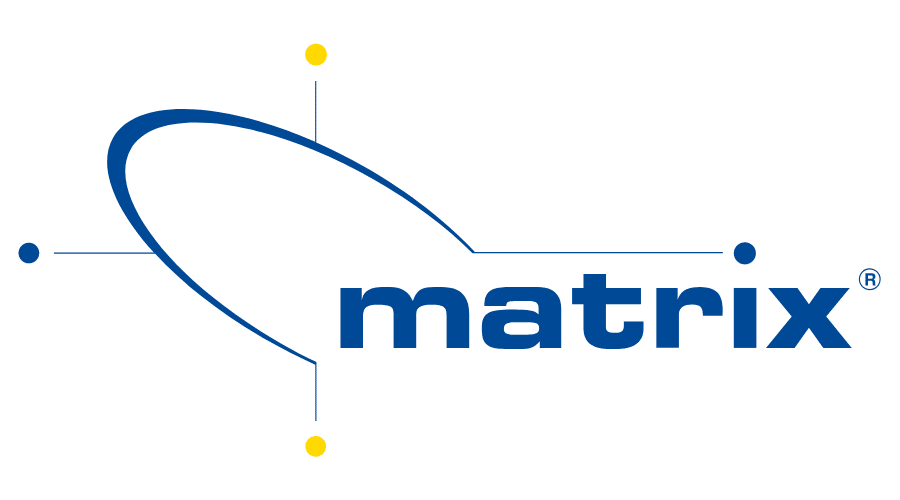
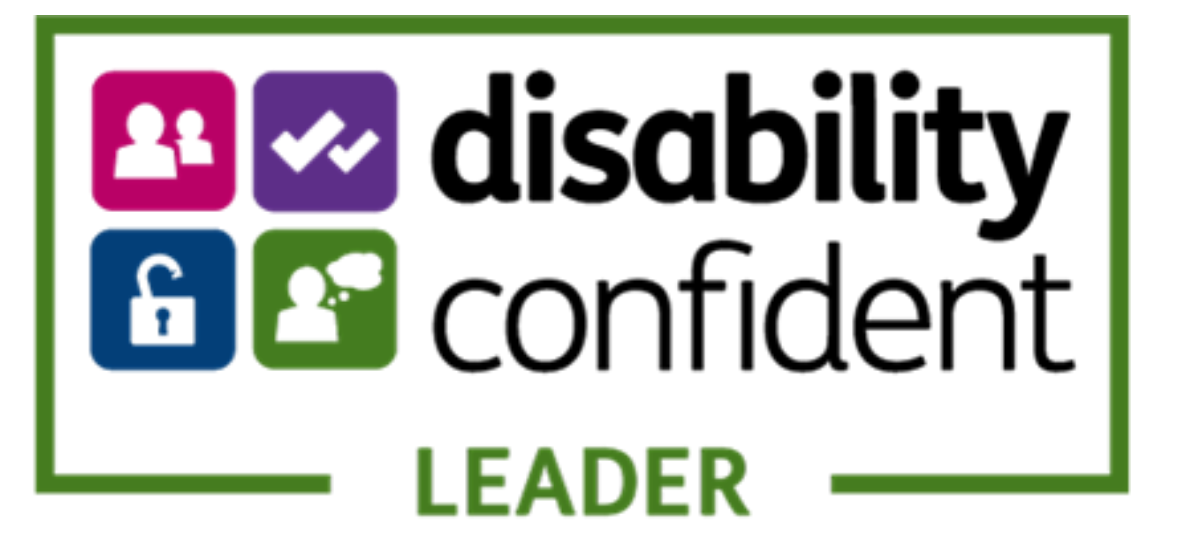
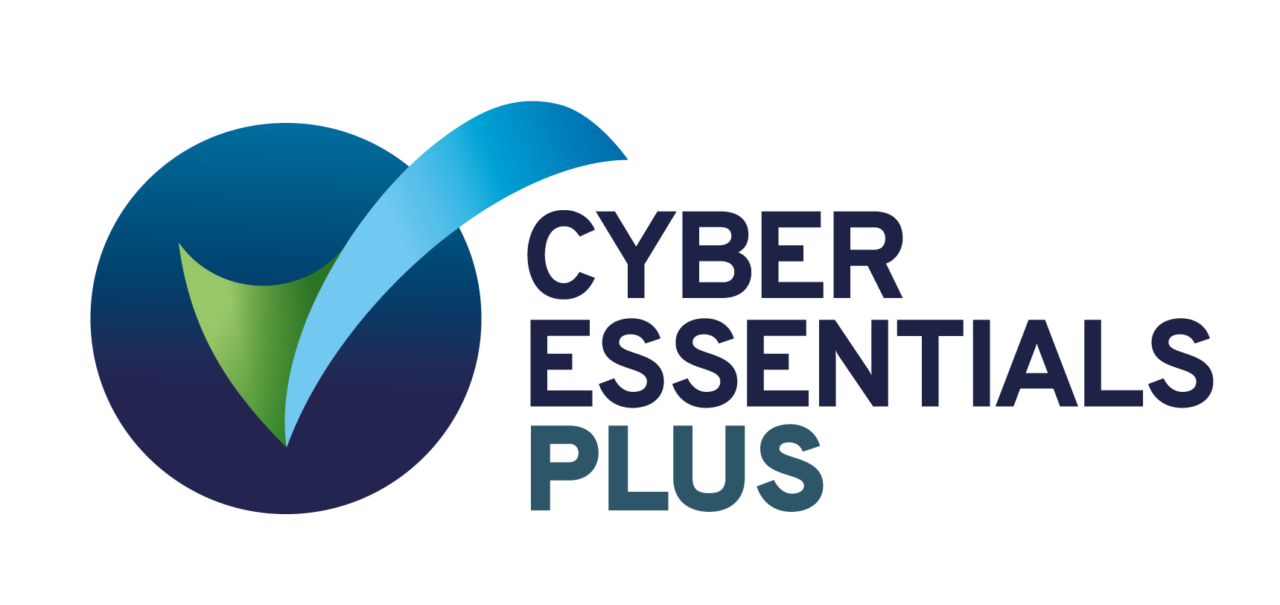

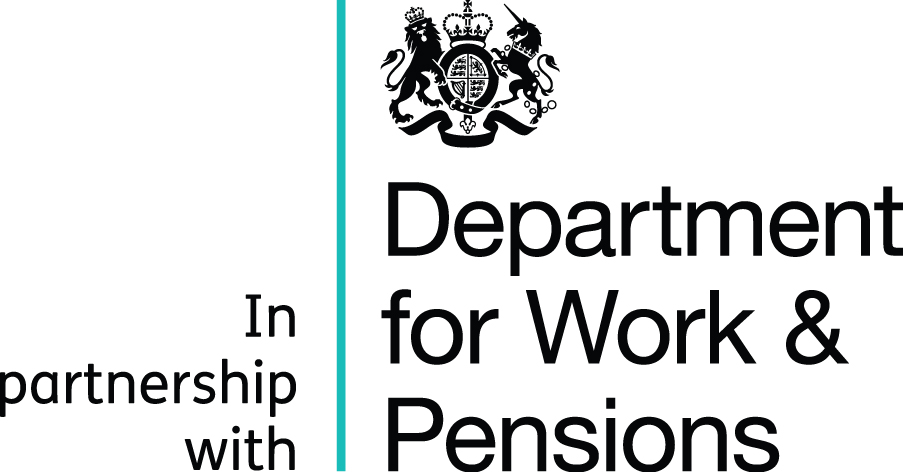

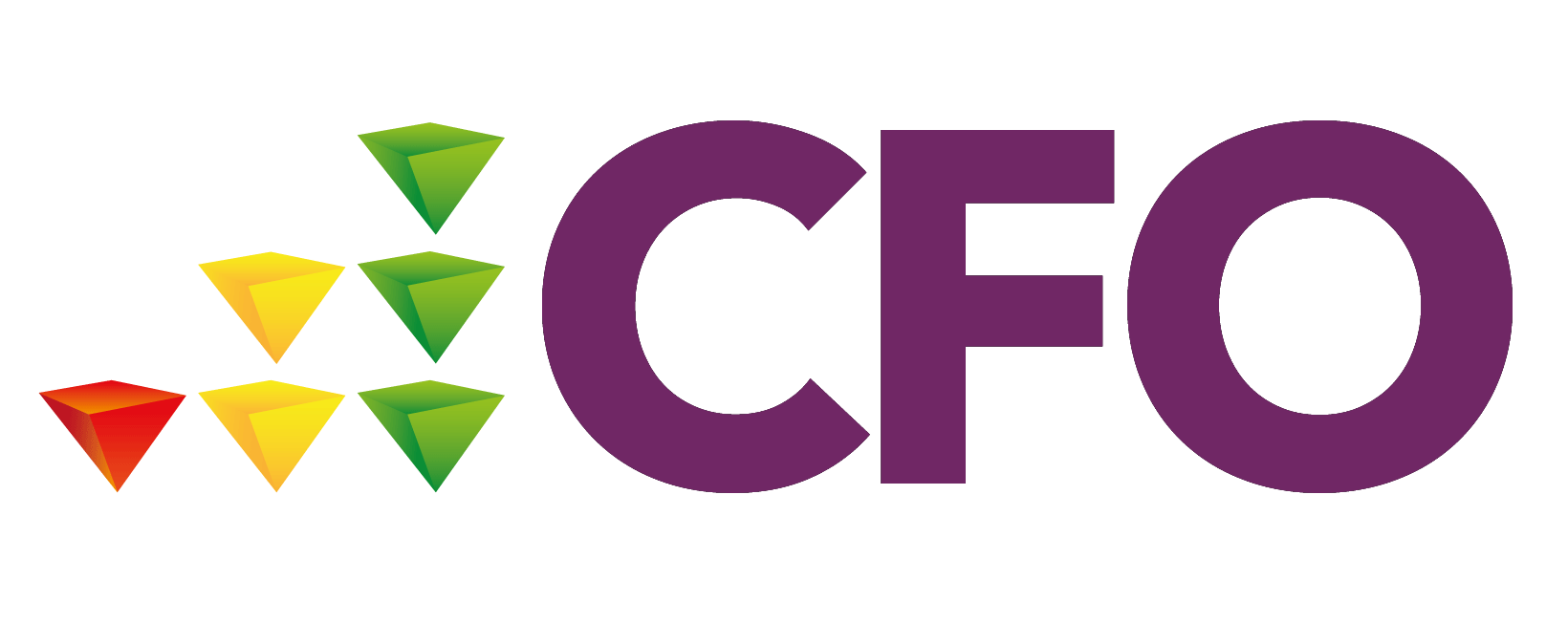
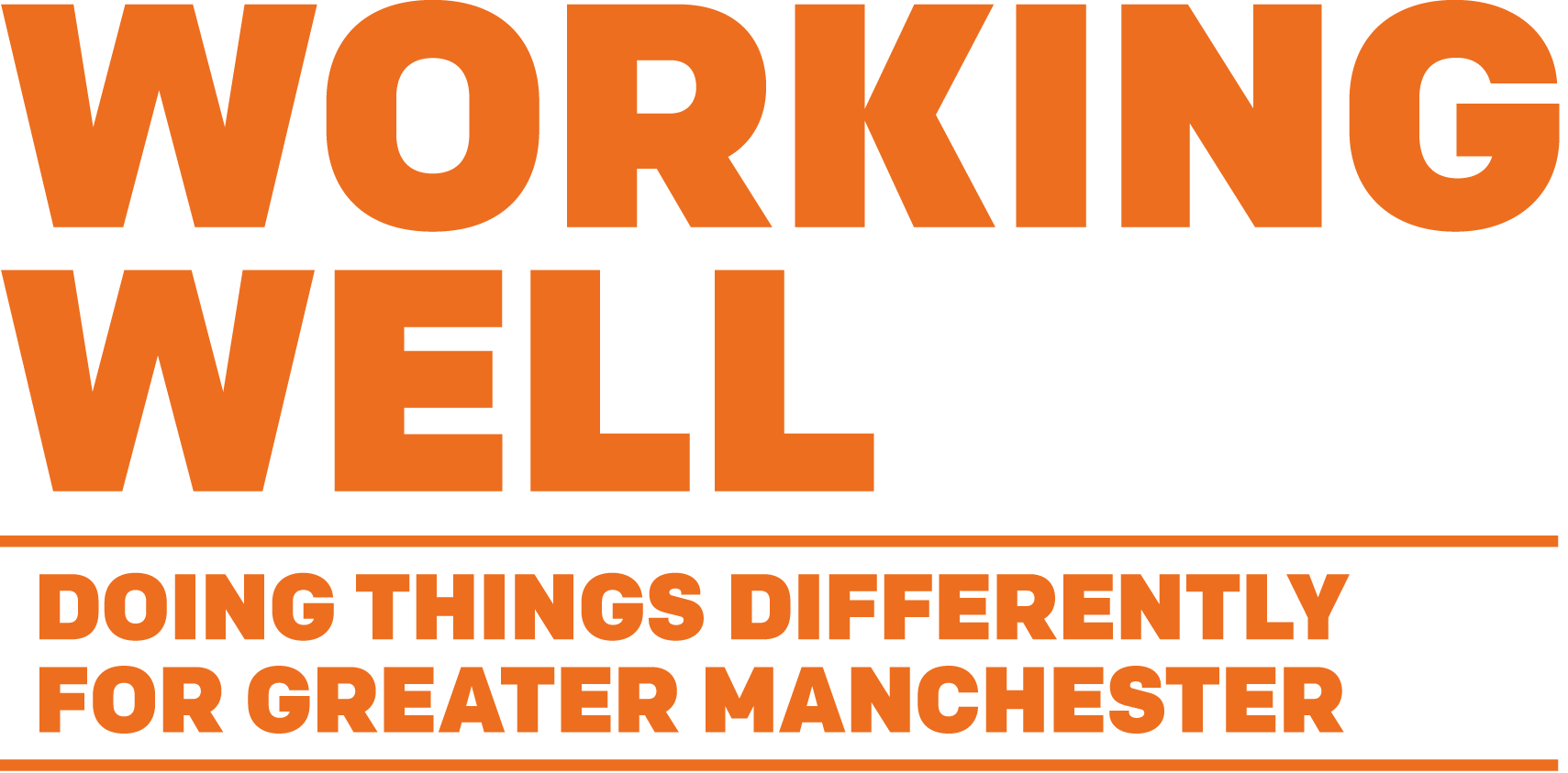.png?width=1709&height=843&ext=.png)
.png?width=1165&height=190&ext=.png)
